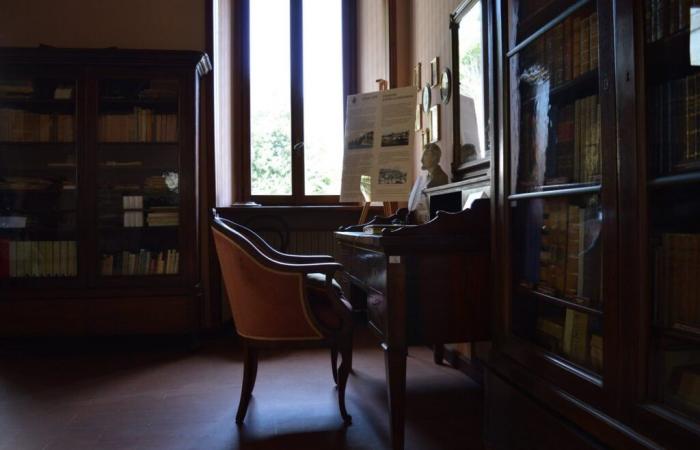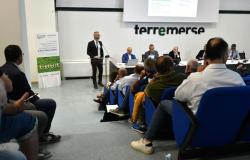That the Don Lisander belongs to Milan, and the city to him, is something that every Milanese feels they can say with certainty and pride. But many Milanese do not know that in addition to the well-known house in via Morone, home to the Centro Nazionale Studi Manzoniani, there is a second house, in Piedmont, which hosted the legendary author and father of Betrothed for a few years. On the Novara shores of Lake Maggiore, in the town of Lesa, there is indeed Villa Stampa, the home of the writer’s second wife, who welcomed her family during the turbulent years of the Spring of the People. Now, after two months of redevelopment for the reconstruction of the roof and floors and the installation of fireproof protection, this small museum reopens to the public with a treasure still intact.
Manzoni’s house museum in Piedmont
The Lesa house museum is much smaller than those we are used to in Italy, given that it does not take up all the space of the large villa overlooking the lake. Inside the noble residence in via alla Fontana 23 – which also houses apartments, commercial activities and offices – the museum is all housed in a small room of sixty square metres. All the Manzoni documents left as an inheritance to the house reside here: there is a large quantity of letters and exchanges between Manzoni and the best intellectuals of his time, from Verdi to Rosmini, but also drawings, ancient books and very rare editions – like the first of Do you sing by Leopardi -, collected in the two bookshops belonging to the Risorgimento poet Giulio Carcano (who was also a neighbor and frequent visitor to the villa).
The article continues below
Alessandro Manzoni in Piedmont
But what was Manzoni doing in the Novara area? To answer this question we must understand the extent of the turmoil of Spring of the people, one of the many names given to the uprisings of 1848. The revolutionary wave that rose against the absolutist regimes of half of Europe – which aimed to replace the old monarchical structures with new nation-states – led to a massive popular uprising in Milan (i.e. the Cinque Days) and a very cruel Austrian repression. A very tense and dangerous climate, which pushed Manzoni and his family to escape for a couple of years to the villa of his second wife Teresa Borri (widow Stampa, hence the name of the house), which was located within the Savoy state. Borri’s son from his first marriage, Stefano Stampa, himself a painter and pupil of D’Azeglio and Hayez, already lived here.
The study of manuscripts in Manzoni’s house museum in Lesa
As reported by The printLesa’s Manzoni heritage will be cataloged and digitized (and partially published) over the next few years by the museum’s group of volunteers, led by the expert and custodian Alberto Sormani, while before then it will be accessible four hours a day for four days a week to anyone who wants to see some gems of Italian history up close. Not only scholars of Manzoni literature and studies, modernist historians and Italianists, but also amateurs will be able to rediscover unique documents such as the appointment of Manzoni as president of the Commission for the unification of the Italian language in 1862. A first piece of that ‘Italy was just born and fought for a long time.
Giulia Giaume
Artribune is also on Whatsapp. Simply click here to subscribe to the channel and always be updated




